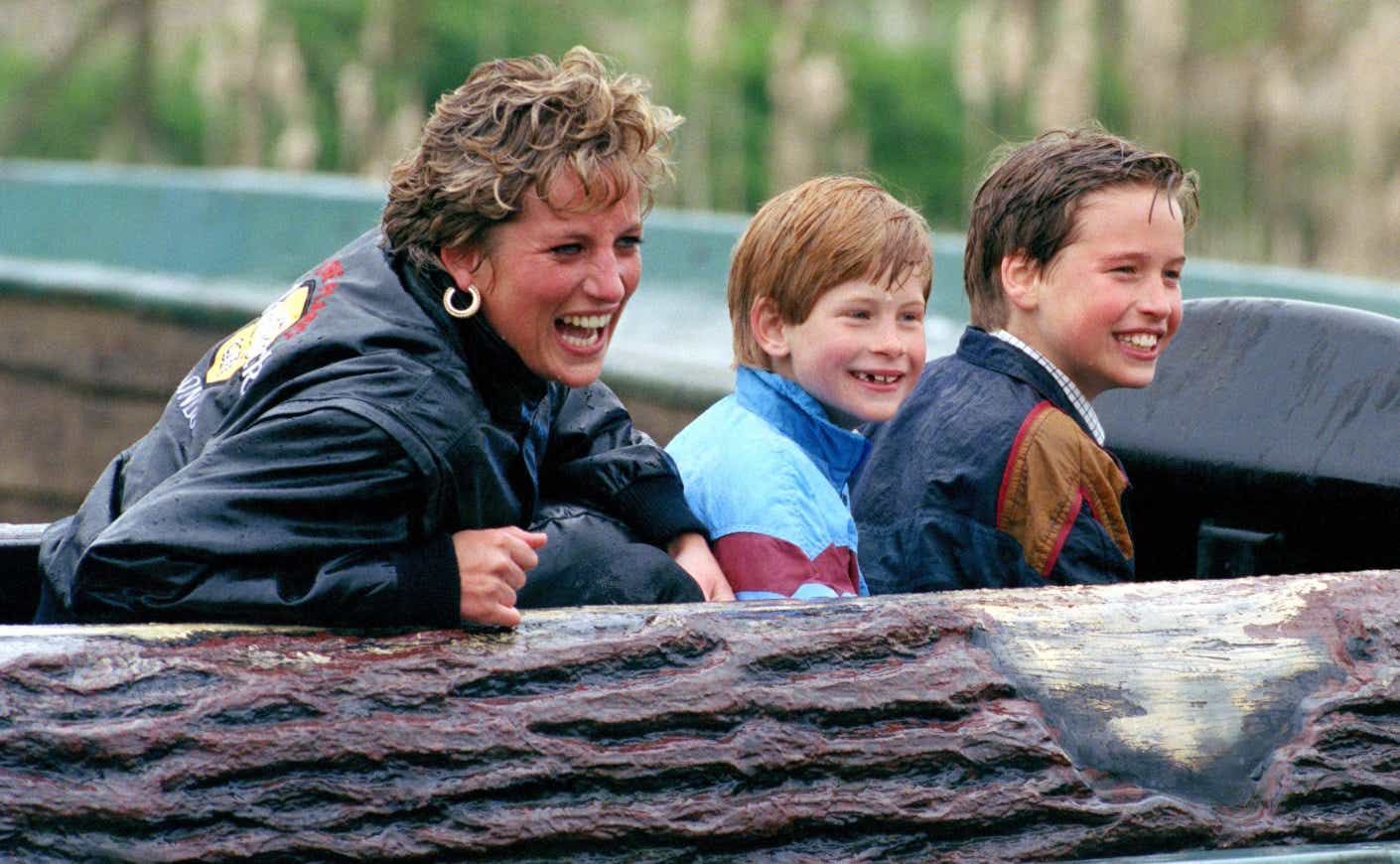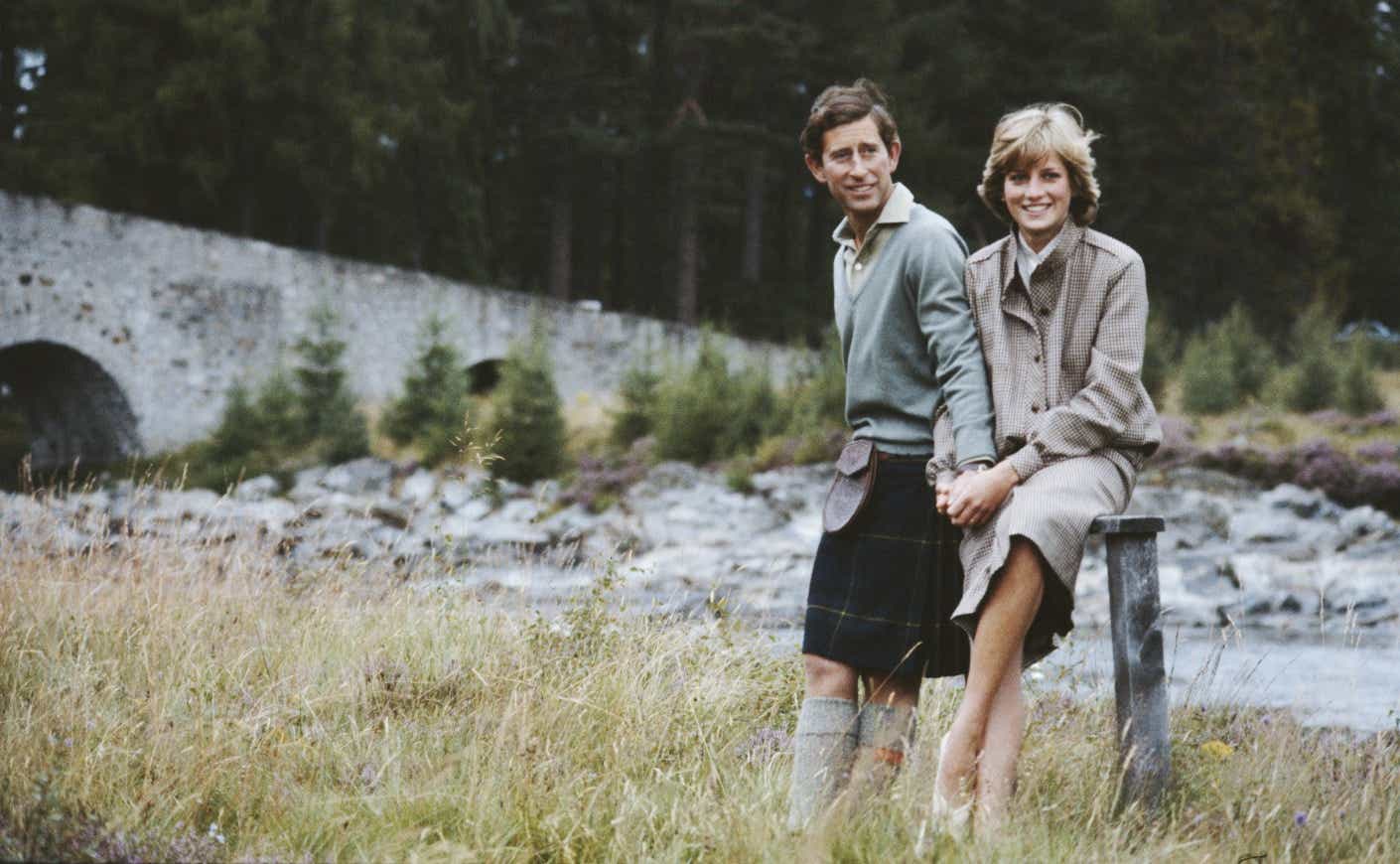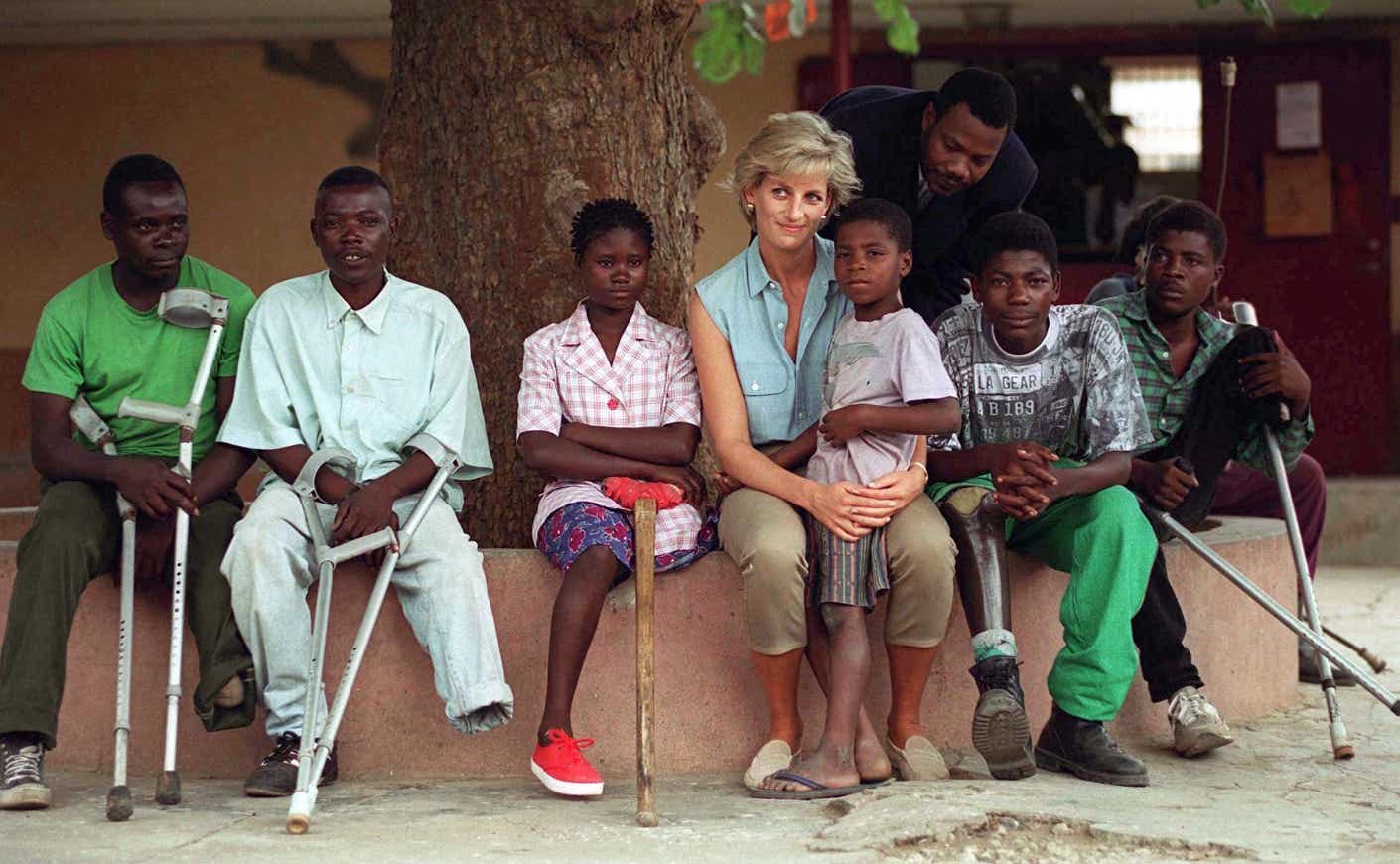With every passing year since we lost Princess Diana in 1997, the mystique around her grows bigger as the world moves on without her in it. Our obsession with her timeless style and electrifying life is as strong as ever, but in death she’s become a historical character rather than a living, breathing being.
What would it have been like to have a personal relationship with the vibrant woman who became the People’s Princess? That’s the question posed by CNN’s new podcast When Diana Met…, which dissects her life through the lens of the people who influenced her, befriended her, embarrassed her, and knew her as she truly was.
The stories are told with great sensitivity by Aminatou Sow, a cultural commentator and co-host of the equally engrossing podcast Call Your Girlfriend. Sow had a connection with Diana’s story from childhood, when her mother watched the princess with great fascination, and her work on When Diana Met… is a chance to contextualize the gossip, myths, and legends she took in as a kid by investigating them with a critical eye.
We highly recommend giving it a listen, whether you’re a royals obsessive or just curious about the image-making that happens to our greatest icons as they live on in our consciousness long after they’ve passed. To share some of the most gripping tales she reported on, Sow gave KCM a call to dish on all things Diana.
What’s the most surprising thing you learned about Diana while working on this podcast?
Aminatou Sow: I grew up in a house where my mom was obsessed with Diana. She was a constant presence in our home, whether it was in the news or in a magazine or the random conversations we would have about famous people. In doing this podcast, what I was most struck by is how much you think you know about something, and when you spend more time thinking about it, everything that you “know” is actually not true.
One of the notes that so many people we talk to on the show touched on is just how happy she was. So much of the portrayal of her, especially on TV or in media, focuses so much on the tragedies of her life, which are very well-known and very significant. But thinking about her as someone who had these deep moments of joy and happiness has been really touching to me.
What were some of those truly happy moments in her life, when she was able to engage with that joy?
She was clearly someone who’s very, very, very happy as a mother. Her children brought her an immense amount of joy. I think that’s fair to say from the coverage that we know, from the media that we encounter, and even the things that she has said about it. I also think that when she was doing the work of being a royal and meeting people and really connecting with the public, those were moments of deep joy for her.

The podcast discusses how she showed affection to her kids publicly in a way that royals hadn’t before. Seeing those photos is so moving, but it’s easy to forget that it was revolutionary at the time.
The way that she parented in public and showed affection in public and really embraced the joy of parenting — it’s easy to be cynical about today because it’s this style of parenting that we’re very familiar with. But at the time, it was a very big deal, and it sets her apart from the rest of the royal family. She was very much in stark contrast to the coldness we expect from that family, and she was someone who lived out loud.
You talked with people who met Diana about the in-person interaction they had with her. What’s your takeaway about what it felt like to be in her presence?
I think we all imagine it to be this big hoopla, like she walks in and the seas part and there’s all this pomp and circumstance. But really, every single person that we talked to who had met her personally was so adamant about what a normal, down-to-earth person she was.
I’m thinking in particular about Elizabeth Emanuel, who made her wedding dress and gave us so many details about what a cool person she was. She was someone who would follow up and send you a thank-you card or call you up to say that you had done something kind for her. That was really part of her charisma, and that’s what was disarming about her. People expected a princess — or whatever we expect princess behavior to be — and she walks in a room and she’s just a normal, kind person. She’s Diana.
The first episode is about Camilla Parker Bowles, who’s such an infamous part of Diana’s life, and you talk about the “sinister” nature of their first meeting. Why did that story make such an impression on you?
That story is almost too on-the-nose. I knew that they had met in a restaurant called Menage A Trois, and that’s too funny to not investigate. But at the same time, part of growing up and being a critical consumer of media is also trying to make up one’s mind about what you think you know already. And obviously, Camila was the third person in that marriage, but it’s a little more complicated than that. The truth is that Charles and Diana should never have been married because the true star-crossed lovers were Charles and Camila.
It was important for me to interrogate my own biases about that because the story of the interloping women that you don’t like is too easy of a narrative to buy into. It’s important to remember that as much as the royal family are public figures, they are allowed to have private lives, and everything we think we know about them says more about us as a society than it says about them as people.

In Charles’s first interview with Diana, he’s asked if they’re in love and he says, “whatever ‘in love’ means.” What does that infamous comment tell us about their relationship?
One, Charles is a very clumsy public speaker. And two, they should have never been married. These two people did not know each other. They were not in love with each other the way two people who are supposed to be married should be in love with each other. It also tells me that the marriage of someone who is going to be king is such a public affair that, even if he doesn’t have someone else that he was in love with, there were too many cooks in the kitchen in that marriage, and that is a recipe for disaster.
You talk about Diana’s introduction of Prince William to the world and the whole song-and-dance she had to go through of presenting the baby in public so quickly. What makes that such an illuminating moment in her life?
For one thing, she had the baby while she was fully conscious. Women in the royal family have a tradition of being fully sedated, and they just pull the baby out of you. It’s a very sleep-and-forget-about-it kind of affair. Diana chose not to do that, and that’s something we still talk about today — moms are like, “I want to be present and connected and to have a birth experience that reflects the kind of mother I want to be.” It’s up for debate what people think about that, but for Diana to do it was very significant.
Then when I think about the song-and-dance of presenting the baby, on one hand, it makes me furious. Imagine you just gave birth — one of our guests points out that it’s very likely that she was wearing some sort of diaper because the baby was so freshly here, and now she has to make a media appearance. But it’s a choice that she made, and she had agency in doing that. And she really changed the conversation about what kind of mother you could be in that family and what kind of mother you could be in Britain at the time.
Another thread that’s weaved throughout the podcast is you and your guests talking about the reverence for Diana specifically among Black women. Why do you think she resonates so strongly with that demographic?
I would say it’s less a reverence and more a point of connection that’s very touching. And it really depends on where people are situated — the Black community is not a monolith. The people I’ve spoken to who are Black and British, there’s a stark contrast between the coldness of the crown and this lovely underdog, and I think that’s a narrative that’s easy to follow and understand. And globally, Diana was a white mother who embraced Black children in a time when seeing those images was very rare, actually. It sounds nuts to say that, but even in the early ‘80s, watching a white woman be nurturing toward a Black child was a remarkable image to see, and it was very genuine. She wasn’t doing it to score PR points.
I also think it’s the treatment she suffered within the royal family, being this black-sheep outsider or the scorned wife. Black women get that instinctively and immediately. For all those complicated reasons, she’s someone who is beloved in many Black communities around the world.

One of your guests puts it very succinctly, saying that if you look past Diana’s wealth and privilege, she’s the minority in her own space.
The context is everything. And the Black women I know who really think about her, for all of us it’s a love that is passed on by the other women in our lives, like our grandmothers and our moms, and they were not foolish. They completely understood that she had an immense amount of privilege, and I think it says a lot about what her perceived treatment within the royal family was — the legend of how unloving and unkind that family was to her. People immediately gravitated toward her. The truth is Diana is the stand-in for the rest of the public within that family, and that’s a really powerful connection.
There are a couple more episodes still to come. What are you excited for us to hear?
The next episode is really special because it talks about Diana’s bombastic sense of fashion and how communicative she was with her clothes. And for someone like me, who was not fully in love with her wedding dress the first time I saw it because it’s very ‘80s, listening to Elizabeth Emanuel talk about the circumstances that made that dress, it made me actually fall in love with that dress. You get to hear about Diana in a really vulnerable moment in her life, and I’m excited for people to hear it.
Episodes of When Diana Met… are available right here.









